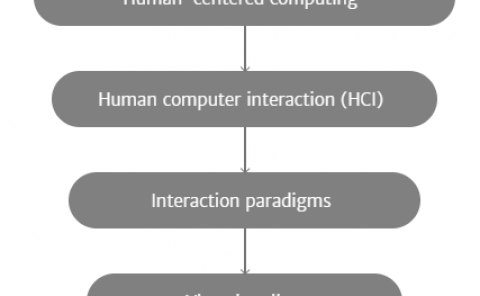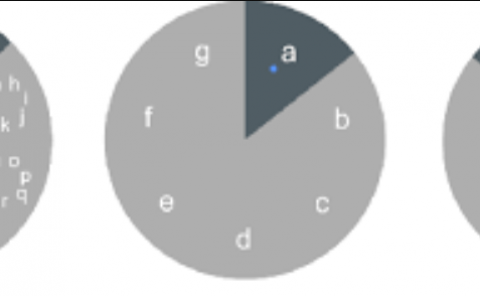Augmented Reality (AR) and Spatial Cognition: Effects of Holographic Grids on Distance Estimation and Location Memory in a 3D Indoor Scenario
PubDate: March 2020
Teams: Ruhr University Bochum
Writers: Julian Keil, Annika Korte, Anna Ratmer, Dennis Edler & Frank Dickmann

Abstract
Recent advances in augmented reality (AR) technology enable the projection of holograms to a fixed location in 3D space. This renders new possibilities for influencing peoples’ spatial perception and to address cognitive limitations as structural distortions in cognitive representations of space. The study presented in this paper investigated whether these structural distortions can be reduced by projecting a holographic grid into 3D space. Accuracy of the cognitive representation of space was assessed based on distance estimations and an object location memory task. The findings revealed that distance estimations were indeed more accurate when a holographic grid was available. Location memory performance, on the other hand, was worse when a holographic grid was available. Based on feedback from the participants, it can be assumed that design characteristics of the used AR headset are at least partly responsible for this result. These characteristics include a reduced field of view and visual distortions in the peripheral areas of the field of view. Overall, the findings show that AR can be used to influence and, when applied correctly, improve peoples’ spatial perception. However, more research is needed to specify requirements, strengths, and weaknesses of geographic AR applications.


